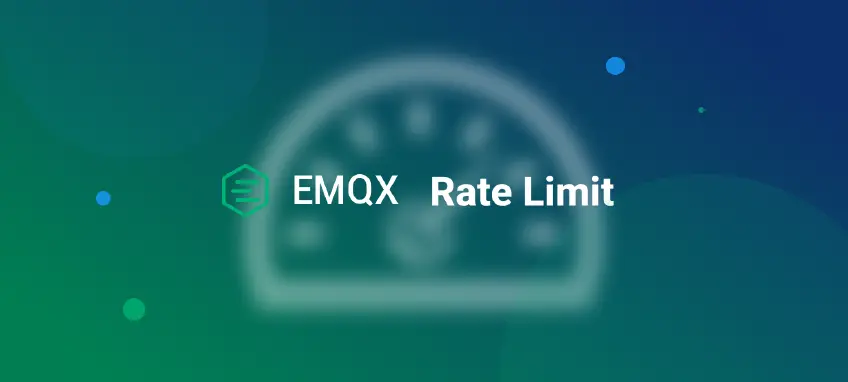 Develop and deploy EMQX plugin for Enterprise 4.3
Develop and deploy EMQX plugin for Enterprise 4.3A few EMQX Enterprise customers were asking how they can develop their own EMQX plugins and use them in the enterprise edition. This article is to document the steps.
 Develop and deploy EMQX plugin for Enterprise 4.3
Develop and deploy EMQX plugin for Enterprise 4.3A few EMQX Enterprise customers were asking how they can develop their own EMQX plugins and use them in the enterprise edition. This article is to document the steps.
 MQTTX Script Function Tutorial
MQTTX Script Function TutorialMQTT X has added a script function since v1.4.2. This article will introduce the use of the script function with two simple instances.
 The configuration guide of EMQX Rate Limit
The configuration guide of EMQX Rate LimitEMQX starts supporting the function rate limit from v3, including the limit on the PUBLISH packet receiving rate and the TCP data package receiving rate.
 Using Python to develop EMQX plugins
Using Python to develop EMQX pluginsEMQX MQTT broker provides the plugin supporting multiple languages, for processing the hook events. The developer can use Python to quickly develop their plugins.
 Enable SSL/TLS for EMQX MQTT broker
Enable SSL/TLS for EMQX MQTT brokerEMQX MQTT broker supports multiple security authentications, this article will introduce how to enable SSL/TLS for MQTT in EMQX.
 Using Java to develop EMQX plugins
Using Java to develop EMQX pluginsEMQX MQTT broker provides the plugin supporting multiple languages, for processing the hook events. The developer can use Java to quickly develop their plugins.